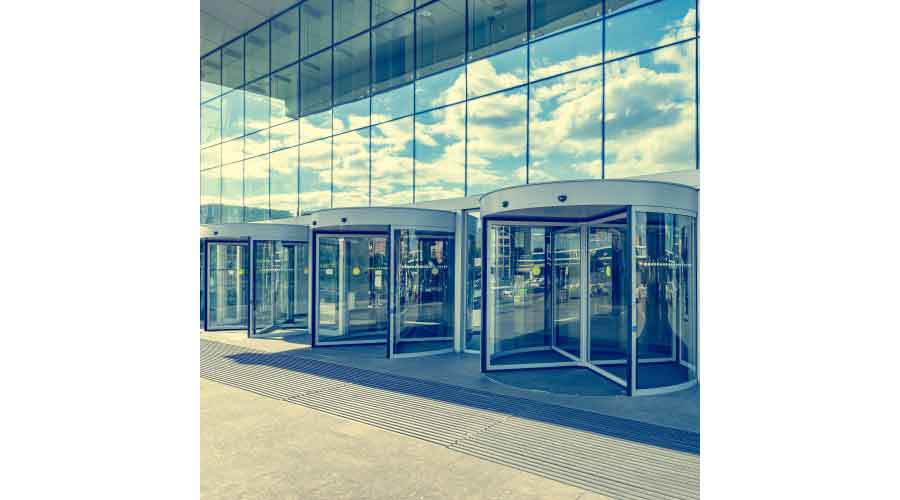Doors are the First Step to Improving Security Within Facilities
Innovations in door and door hardware functionality and design are commonplace.
This is part two of a two-part article. To read the first part, please click here.
A frequent repair need is rust from inside-to-outside at the bottom of steel doors. As Westerkamp explains, the cause is condensation due to temperature differential in freezing weather. Complete door repair systems are available to blend into the door frame and jamb for a more finished look and less tendency for gaps in the repair to cause more rust to form.
When it comes to door hardware maintenance, the days of merely replacing work components with equals are gone. Needs are far different now, and likely facility managers did not consider these needs years ago when they installed the original doors and hardware.
“Needs are far greater and designs now are better able to meet these needs. The best approach is to make a list of likely threats and day-to-day operation’s needs. Then examine the latest technology and find the best fit, which is likely to be different from the existing,” Westerkamp says. “If budgets are tight, this is not the place to skimp. You cannot harden entrances at lowest cost. But consider the cost in human life and property damage if intruders have easy access.”
Common mistakes to avoid
Facility managers are very attuned to the importance of proper specification to ensure good security and safety, as well as long life. They make few mistakes in this regard. However, a big mistake that Westerkamp points out, especially when budgets are tight, would be to buy on low price only.
“This would result, if the purchase were to include locks, in buying a residential lock, grade 3, for a commercial application, a costly mistake for two reasons: 1) You are getting only 200,000 cycles instead of 1,000,000; and 2) grade 3 makes it much easier for intruders to enter. Another mistake is replacing with like components, rather than the preferred method – looking for innovations that do the job better and at lower life cycle cost,” Westerkamp says.
As we have seen far too often, intruders smash glass store front panels easily to gain entry. Some jurisdictions won’t even respond to a robbery of $1,000 or less.
It is up to the owner to harden the entry points. Glass is commonly tempered, but also there are safety and bullet-proof glass. Some standards that apply are ASTM - General; ANSI Z97.1, Safety Glazing; UL 752.1 to 752.8, Bullet Resistance; and NFPA - Fire Rating.
Looking ahead
Innovations in door and door hardware functionality and design are commonplace. That said, many innovations are already a part of updating plans. Westerkamp says a few innovations to look for are electric and electronic systems that will replace mechanical door hardware.
The electrical versatility, ability to include intrusion alarms, manage who comes and goes, schedule hours when various vendors can enter and exit, are some advantages of these components.
“Those who need access to many locations, such as cleaners, follow both preplanned hours and only a certain path. Also, with camera features, they can record visual evidence with time and date stamp,” Westerkamp says. “Biometric readers and facial recognition are other capabilities that enhance the value of electric/electronic systems.”
Vasami adds that power-operated door standards will continue to provide for increased accessibility through improved technology, such as the incorporation of more touchless switches.
“Continued advancement in technology and innovation will be embraced by BHMA and the industry to meet the future needs of its customers and the end users.”
Maura Keller is a freelance writer based in Plymouth, Minnesota.
Related Topics:













